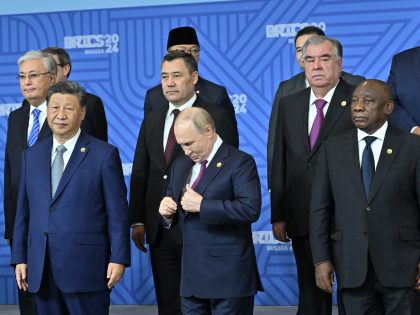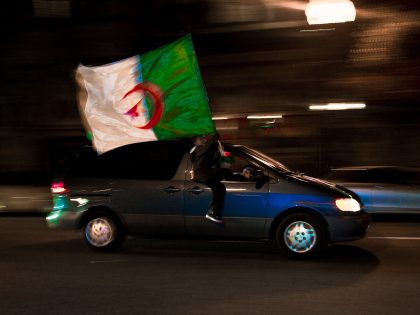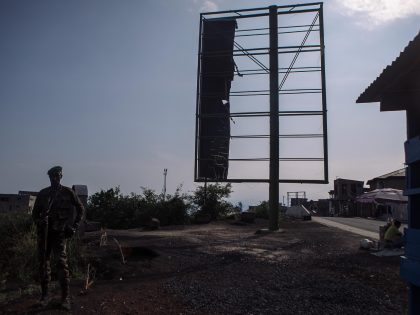Mapo do mundo

Remember the Mapping Stereotypes Project and the Afrographique project? (The former maps popular national stereotypes from around the world, while the latter turns any set of data about the continent into a graphic, including a series of maps.) A reader of this blog points us towards this “map” of stereotypes that’s been circulating online among Brazilians.
Here’s a translation for those who don’t speak Portuguese.
Canada: polar bears
USA: fat people
Central America: Pirates of the Caribbean
South America: llamas, stash, humble people, us (Brazil)
Greenland: Wally’s house
Europe: mustache, pasta, money
Africa: The Clone (Brazilian telenovela), desert, kuduro, “I like to move it” (Madagascar, the movie)
Middle East: Mohamed
Central Asia: bin Laden
China: many people and a lot of rice
India: cows
South East Asia: Rambo
Japan: weird people
Australia: weird animals
* Thanks to Tom for the translation.



















